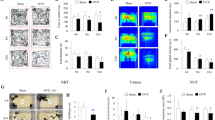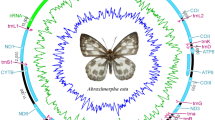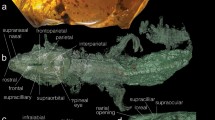Abstract
*Background.*
The origins of steroid-dependent regulation of the vertebrate estrogen receptor (ER) are poorly understood. Genes with statistically significant sequence similarity to vertebrate ERs have been found in lamprey, a basal vertebrate, and amphioxus, a basal chordate. Motif analysis of these sequences provides an opportunity to investigate early events in the evolution of the ER.
*Results.*
We used artificial intelligence-based software to construct twelve motifs specific to the estrogen-binding domain of ER[alpha] and ER[beta] in land vertebrates and teleosts. We mapped these ER-specific motifs onto the sequences of lamprey, amphioxus, invertebrate and selected vertebrate ERs and amphioxus, Ciona and human estrogen-related receptor (ERR). We find that lamprey ER contains eleven motifs common to ERs in the training set. In contrast, amphioxus ER contains only six motifs. Various invertebrate ERs contain either six or seven motifs. Unexpectedly, human and amphioxus ERRs contain nine of the twelve motifs, despite extensive sequence divergence during the descent of chordate ERs and ERRs from a common ancestor. We mapped the twelve motifs onto a multiple alignment of human, lamprey and amphioxus ERs, which depicted residues in human ER[alpha] that are known to bind estradiol. There is excellent conservation of these key residues in lamprey ER and poor conservation in amphioxus ER. Out of seventeen residues on human ER[alpha] that bind estradiol, sixteen and six are identical in lamprey and amphioxus ER, respectively. A phylogenetic tree of ERs and ERRs reveals a long branch for amphioxus ER, which is in agreement with the low sequence and motif similarity between amphioxus ER and other ERs.
*Conclusions.*
There are significant differences between B. floridae ER and vertebrate ERs in the steroid-binding domain as measured by motif analysis and percent of amino acids that are known to stabilize estradiol in human ER[alpha]. The absence in lamprey ER of motif 10, which maps to the C-terminus half of [alpha]-helix 9, may be important in recognition of novel estrogens, such as 15[alpha]-hydroxy-estradiol.
Similar content being viewed by others
Article PDF
Author information
Authors and Affiliations
Corresponding author
Rights and permissions
About this article
Cite this article
Baker, M., Chandsawangbhuwana, C. Motif analysis of amphioxus, lamprey and invertebrate estrogen receptors and amphioxus and human estrogen-related receptors: Towards a better understanding of estrogen receptor evolution. Nat Prec (2008). https://doi.org/10.1038/npre.2008.1542.2
Received:
Accepted:
Published:
DOI: https://doi.org/10.1038/npre.2008.1542.2



